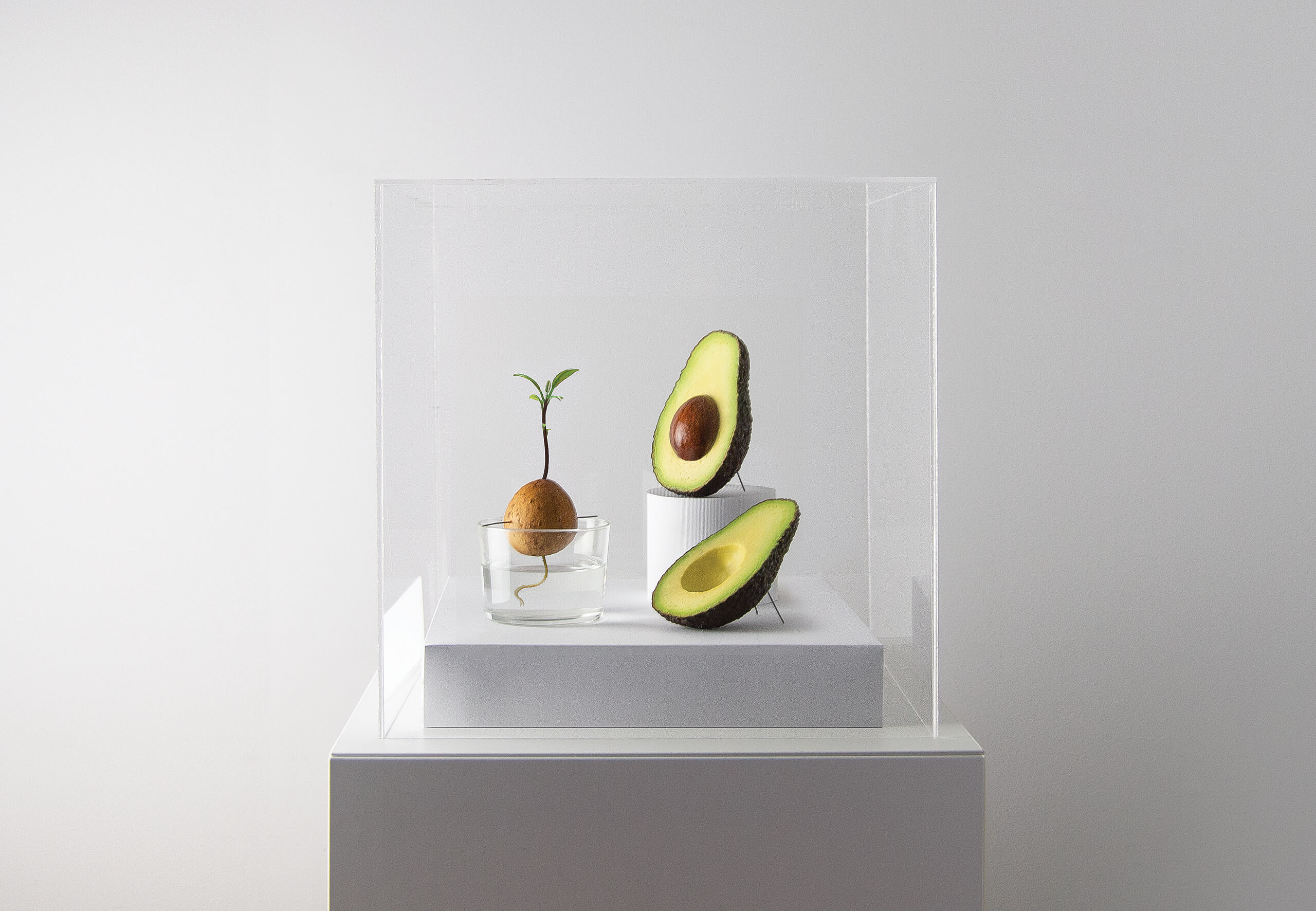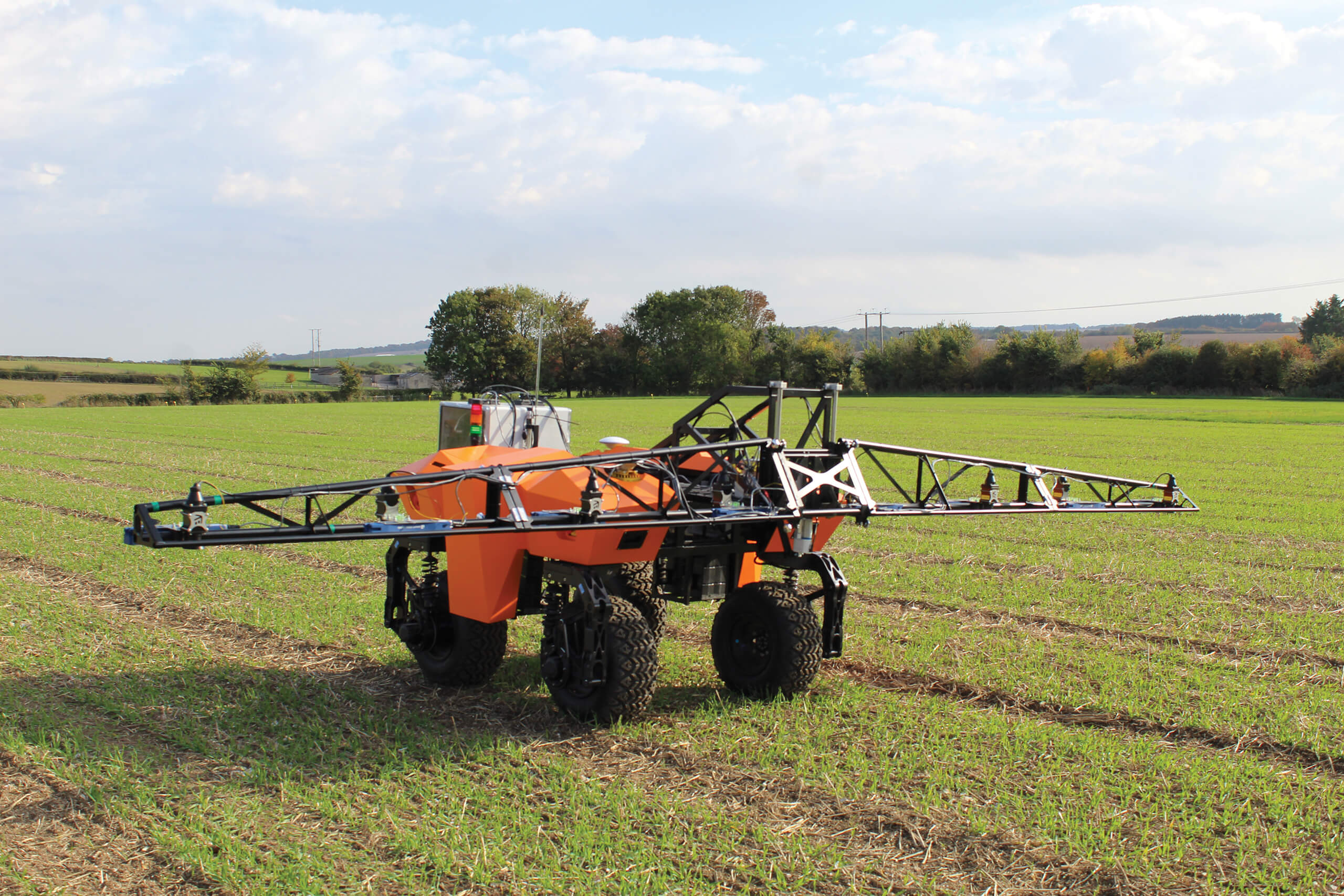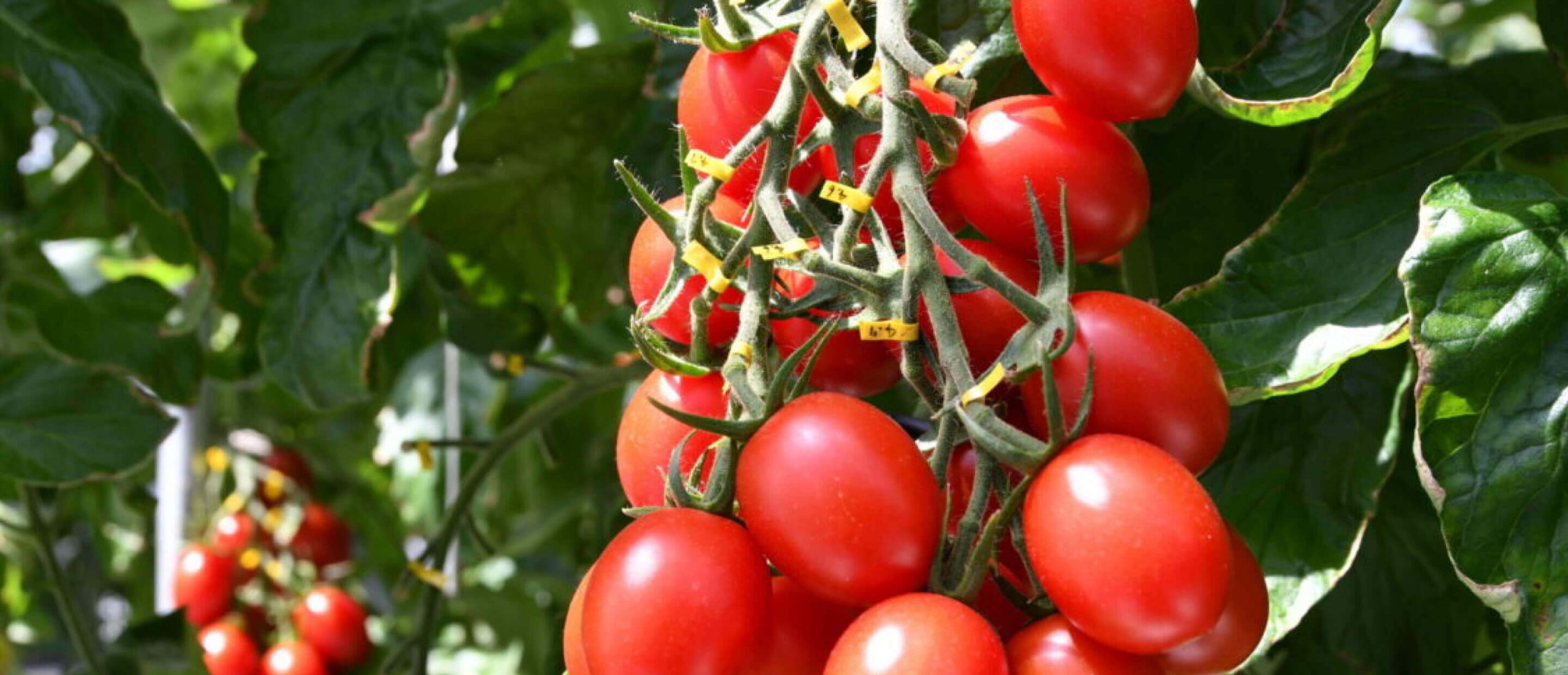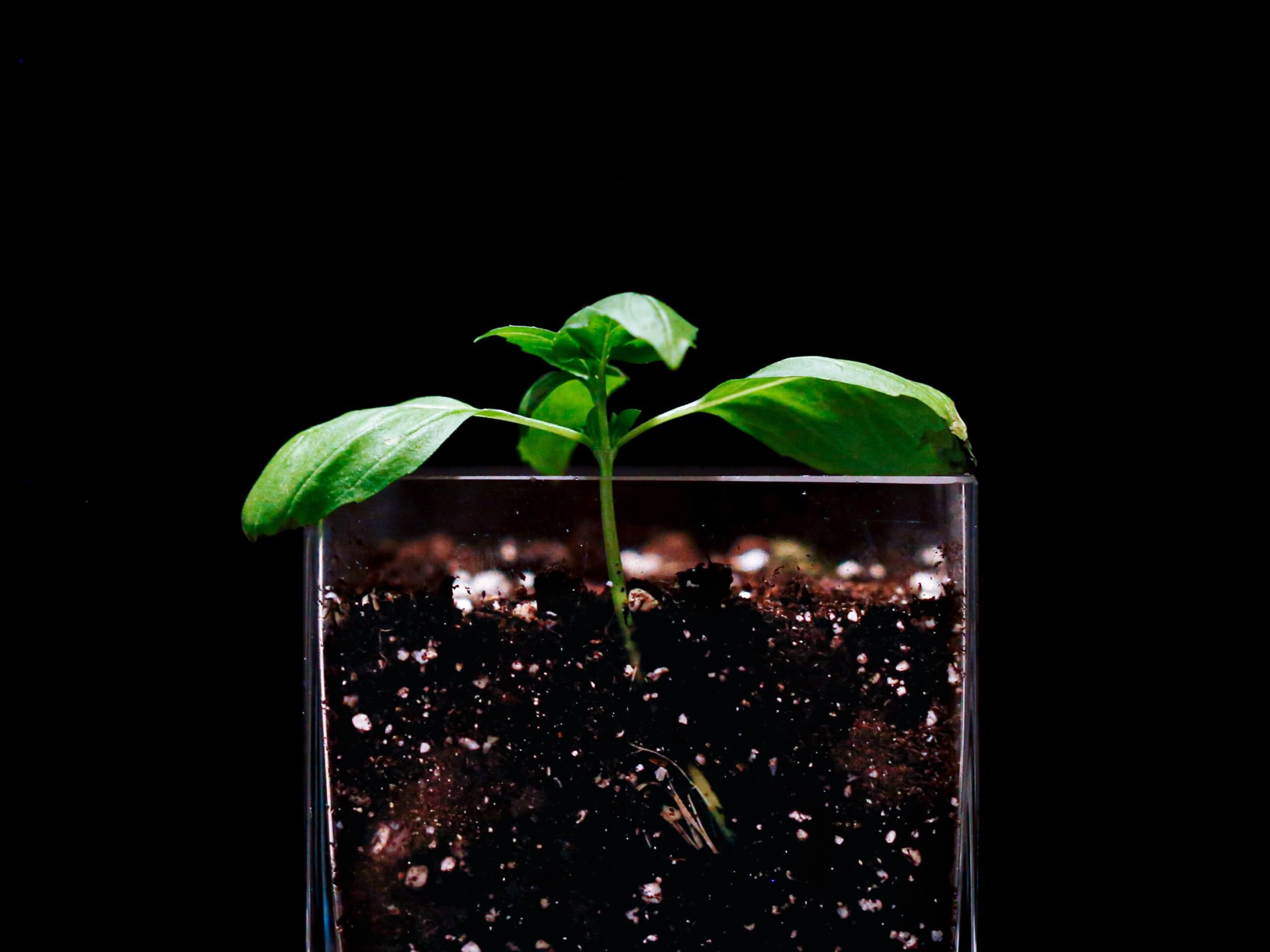
Gene editing is set to give food a longer shelf and fridge life, helping the U.S. reduce the 40% of food that goes to waste.

Dr. Sarah Evanega, international plant scientist and Vice President of Business Development at Okanagan Specialty Fruits.
Gene editing doesn’t just offer a single solution to food waste, it offers many, according to Dr. Sarah Evanega, international plant scientist and Vice President of Business Development at Okanagan Specialty Fruits.
The company pioneered the world’s first non-browning apple, a genetic trait that is now being introduced into other tree fruits using gene editing technology.
We can combine consumer traits and grower traits into one product that is both good for people and for the planet.”
“Our thinking often focuses on food tossed into the trash bin or trucked to a landfill. Less visible but equally important is food loss – the wastage that occurs at or near the farm and in the supply chain,” says Evanega. “This contributes to 24% of the world’s total food supply squandered annually. Though food loss and waste are different problems, biotechnology can help us solve both.”
With as many as half the fresh apples in the supply chain lost on their journey from farm to fork, Okanagan Specialty Fruits set out to reduce bruising in its Washington state orchards. The company used RNA interference (a predecessor technique to gene editing) to prevent the production of polyphenol oxidase (PPO), an enzyme that causes fruits to brown when exposed to oxygen. The result was its Arctic® apple, which can be sold as a convenient sliced product because of its non-browning nature. The sliced apples have a 28-day shelf life and provide new avenues for consumption as a healthy snack, says Evanega.

Studies show that eating healthy food supports children’s concentration and behaviour at school. Source: How Do School Lunches Affect your Childs Development?
“You can sell sliced apples to schoolkids, who are 71% more likely to eat a sliced apple than a whole one, and you can put diced apples on a salad bar or in a fruit cup. Unlike other apples, you don’t need to soak them in lemon juice [to prevent browning] or preservatives that change their flavor. The non-browning trait is inherent in the apple.”
The result is apples that are attractive and edible for longer, with less being wasted. “It’s clear that biotechnology has a critical role to play in reducing global food loss and waste while expanding consumer access to the fruits and vegetables that are the cornerstones of a healthy diet.”

- Assessing the economic, social and environmental impacts of food waste reduction targets – A model-based analysis
- GLOBAL FOOD LOSSES AND FOOD WASTE
- Food Waste in America in 2025
- United Nations Environment Programme: Food Waste Index Report 2024. Think Eat Save: Tracking Progress to Halve Global Food Waste
Wasting less food could also help to mitigate food prices, making fruit and vegetables more affordable. According to modelling by scientists at the European Commission’s Joint Research Centre1, the price of vegetables could decrease by up to 4%, while fruit prices could come down by 2% if food waste reductions of 41% were achieved throughout the food supply chain.
Newer technology, gene editing, can help extend the shelf life of food, reducing the likelihood of food waste. Okanagan Specialty Fruits is using gene editing to produce non-browning traits in other tree fruits while also introducing disease resistance into its Arctic apples – another valuable food loss-reducing trait.
Other companies are on the same mission. The JR Simplot Company has set a target to achieve zero waste to landfill from its global food processing facilities by 2030, and gene editing is helping to achieve this. The company is using Corteva Agriscience – licensed gene-editing technology to develop non-browning potatoes and is working with California-based Plant Sciences to bring gene-edited strawberries with a longer shelf-life to stores. GreenVenus LLC is working on non-browning avocados, and Tropic Biosciences is developing disease-resistant bananas – to name just a few of the traits in the pipeline.
“The fact that the world has opened up to gene editing is really going to usher in a whole new world of opportunity,” says Evanega. “There are benefits all along the supply chain – both for growers and consumers.
“I think that’s one of the most exciting things about gene editing: it’s not an either-or anymore. We can combine consumer traits and grower traits into one product that is good for both people and the planet.”



